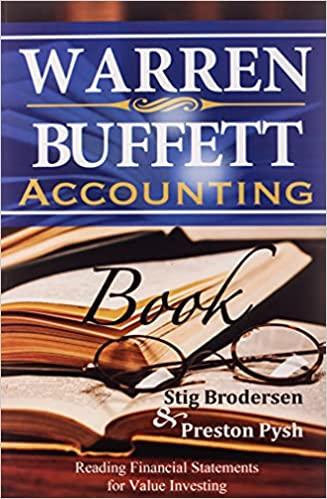DOWHOUS/ W2.pal Question : Using Value-cost prioritization technique answer the following questions: Estimate relative contribution of each reg to project's value. Hint: using table 1 Estimate relative contribution of each req to project's cost. Hint: using table 2 Plot contributions on value-cost diagram: shows what req fits what priority level according to value-cost tradeoff. . . Notes: Expected outcome: two extra tables (one for value criterion, and another for cost) and a volue- cost diagram. Make sure to use the exact initial (BS, RUB, EBRB, and MLC) as shown in the table when plotting the value-cast diagram. Otherwise you will lose points. Crit: Value Book search by Request Enable Multi-lingual name, author and unavailable borrowing/returning communication topic (BS) resources (RUR) books (EBRB) (MLC) Book search by name, 1 7 3 9 author and topic (BS) Request unavailable 1/5 1 1/5 5 resources (RUR) Enable 1/3 s 1 7 borrowing/returning books (EBRB) Multi-lingual 1/9 1/5 1/9 1 communication (MLC) Table 1: AHP comparison matrix with relative values of requirements on the meeting scheduler Crit: Cost Book Search by Request Enable Multi-lingual name, author and unavailable borrowing/returning communication topic (BS) resources (RUR books (EBRB) (MLC) Book search by name, 1 1/3 1/3 1/9 author and topic (BS) Request unavailable 3 1 5 1/7 resources (RUR) Enable 3 1/5 1 1/5 borrowing/returning books (EBRD) Multi-lingual 9 7 5 1 communication (MLC) Table 2: AHP comparison matrix with relative costs of requirements on the meeting scheduler DOWHOUS/ W2.pal Question : Using Value-cost prioritization technique answer the following questions: Estimate relative contribution of each reg to project's value. Hint: using table 1 Estimate relative contribution of each req to project's cost. Hint: using table 2 Plot contributions on value-cost diagram: shows what req fits what priority level according to value-cost tradeoff. . . Notes: Expected outcome: two extra tables (one for value criterion, and another for cost) and a volue- cost diagram. Make sure to use the exact initial (BS, RUB, EBRB, and MLC) as shown in the table when plotting the value-cast diagram. Otherwise you will lose points. Crit: Value Book search by Request Enable Multi-lingual name, author and unavailable borrowing/returning communication topic (BS) resources (RUR) books (EBRB) (MLC) Book search by name, 1 7 3 9 author and topic (BS) Request unavailable 1/5 1 1/5 5 resources (RUR) Enable 1/3 s 1 7 borrowing/returning books (EBRB) Multi-lingual 1/9 1/5 1/9 1 communication (MLC) Table 1: AHP comparison matrix with relative values of requirements on the meeting scheduler Crit: Cost Book Search by Request Enable Multi-lingual name, author and unavailable borrowing/returning communication topic (BS) resources (RUR books (EBRB) (MLC) Book search by name, 1 1/3 1/3 1/9 author and topic (BS) Request unavailable 3 1 5 1/7 resources (RUR) Enable 3 1/5 1 1/5 borrowing/returning books (EBRD) Multi-lingual 9 7 5 1 communication (MLC) Table 2: AHP comparison matrix with relative costs of requirements on the meeting scheduler







